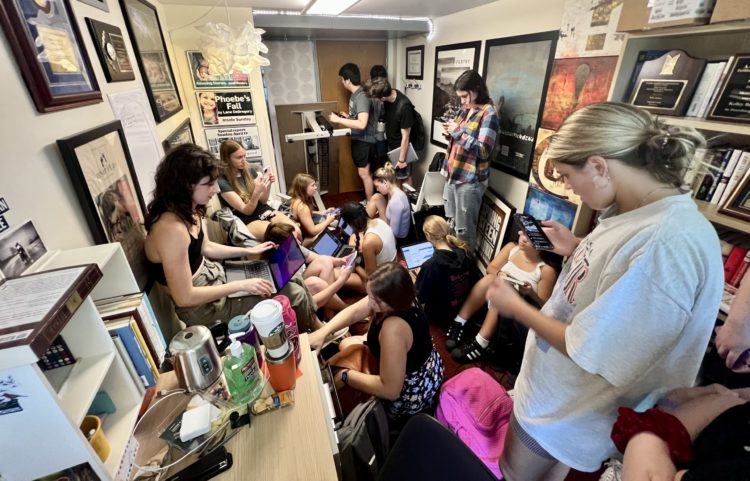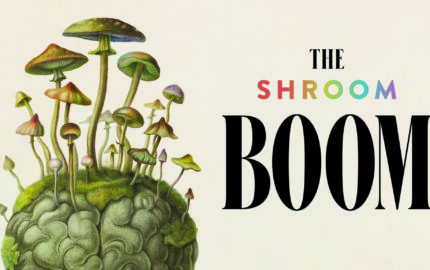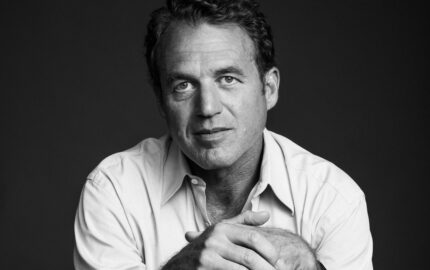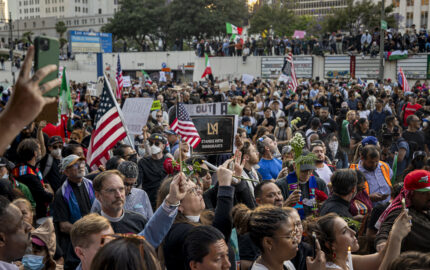A group of journalists clustered along a table at a lovely restaurant in Bergen, Norway, late last month, chattering about our work and how good it was to be back in the wrap of the narrative tribe after our long COVID winters. The tattooed young waitress was a hoot: Course by course, she stood at the end of the table, pounded to get our attention, then shouted out the ingredients in each course of dinner. She always ended with what became a punchline: "And more of that green stuff." They were some sort of micro-green, but she didn't remember the name in English so ... "that green stuff." By the third course, we were pounding the table and echoing the phrase along with her.
Great and needed fun. But through it all, side murmurs were exchanged among a few of the Americans: Is Tom OK? Any updates? Should we get him to the airport?
Tom is Tom French, book author and Pulitzer-winning reporter who now teaches journalism at his alma mater, Indiana University. So does Kelley Benham French, another stellar journalist who is married to Tom. They have three daughters, 11, 5 and 4, who go to schools near the j-school.
The murmurs we exchanged over appetizers were about confusing reports of an active shooter lockdown at the university and nearby neighborhoods. When Tom finally arrived at dinner, he wore a brave face, but anyone who knew him could see past it. The evening was an odd blend of joyous and stricken. Tom was, as ever, gracious to those around him but kept sneaking glances at his phone.
Back in Indianapolis, the situation resolved itself within a few hours. Police trapped the threatening man in a storm drain; he had a holster, but apparently no gun. No one was harmed — at least not physically. It wasn't a moment that demanded attention given the dramatic news that keeps leapfrogging over other dramatic news to claim primacy. It probably play no more than a few sentences on the local nightly news, and a few grafs in the local newspapers.
But that doesn't mean it wasn't big news — at the time, the only news — to those who lived through it. Three days later, Tom wove the facts and emotions of the day into his closing keynote at Fortellingens Kraft, the narrative conference in Bergen. There were moments of deep laughter, as there always seem to be in traumatic moments. There also were gasps and tears; the conference organizer, an investigative reporter, was curled on the floor in sobs.
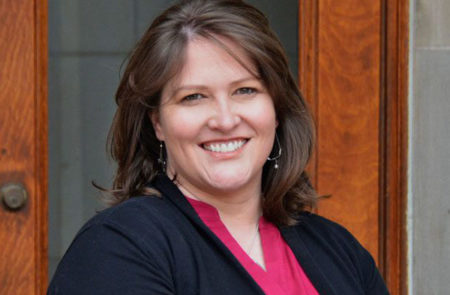
Kelley French also recognized the storytelling power of the moment — not as a way to say look at me, but as a way to show that journalism needs to honor the fullness of people's lives including, and perhaps especially, the intimate. Their brush with gun violence was the kind of reality that people live through every day, but that doesn't merit headlines. No one was harmed — at least not physically. And hell, in the U.S., we now rank the newsworthiness of mass gun shootings by the body count.
I can't do justice to Tom's keynote. I started to take notes, but soon gave up just to listen. I hope it was recorded.
What I can do is urge you to read Kelley's account, written for USA Today, where she works as a project editor on contract. It's a simple enough piece. Headline: 'This was my first lockdown. In college.' A day in the life of the school-lockdown generation
You already know what happened. Not much by big-news standards. But Kelley zeroes in on what happens anyway: Students texting their moms. One asking, politely, if she could lock the door. A confused 11-year-old who is abject that the tooth fairy didn't visit the night before, and wonders if it's her fault because she didn't brush her teeth. An aging mother calling to ask for Polygrip. Tears over the phone from across the ocean. Memories of Columbine and Parkland and Uvalde crowding Kelley's mind, along with recent class lessons about covering disasters from Hiroshima to 9/11 to tsunamis.
From a journalistic standpoint, that may be the most noteworthy. These things happen. Covering them is what journalists do. Recognizing the stories that don't fight their way to the top of the page because no one was harmed — at least not physically — is also what we should do.
Kelley French demonstrated that in her essay for USA Today. She also demonstrated the power of narrative structure. She started by noting that, earlier that day, in a session on crime reporting, she listed news values and put proximity low on the list, behind impact and conflict. At story's end, for her kicker, she returned to the notion of proximity with an important twist. No spoiler here. Better that you read it for yourself.
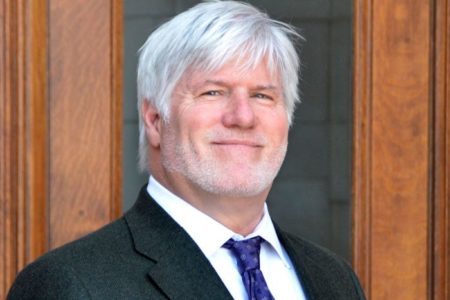
Footnote: ... from Tom French's closing keynote at Bergen, after the dark hours of worry about his family. French drew on "A Brief for the Defense," a haunting poem by Jack Gilbert that captured his attention a few years ago. He cut it out of The New Yorker and still has it posted in his office. French borrowed the title of his talk from a line in Gilbert's poem: "Music despite everything." He offered a reminder that while we must cover the tragedies of life — so many tragedies — we must not abandon the joys. It's the kind of admonition that can take awhile to internalize, especially in the face of tragedy, and that must be remembered again and again because ... so many tragedies. But remember it we must if we are to do our best and most valuable work for society and if, frankly, we are to endure. Because, as French said, "It is our job to chronicle the entire range of human existence — not just the darkness."
*** A version of this post was first published as a Nieman Storyboard newsletter Sept. 30, 2022
